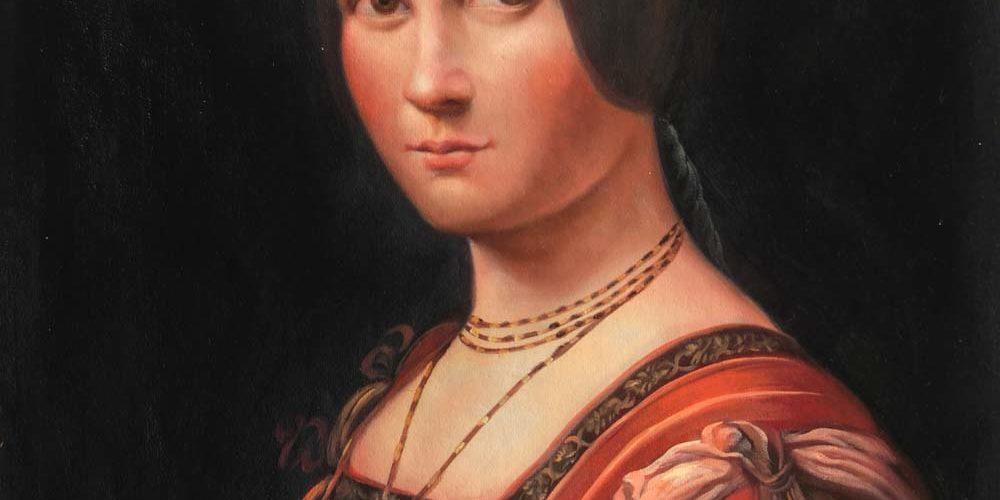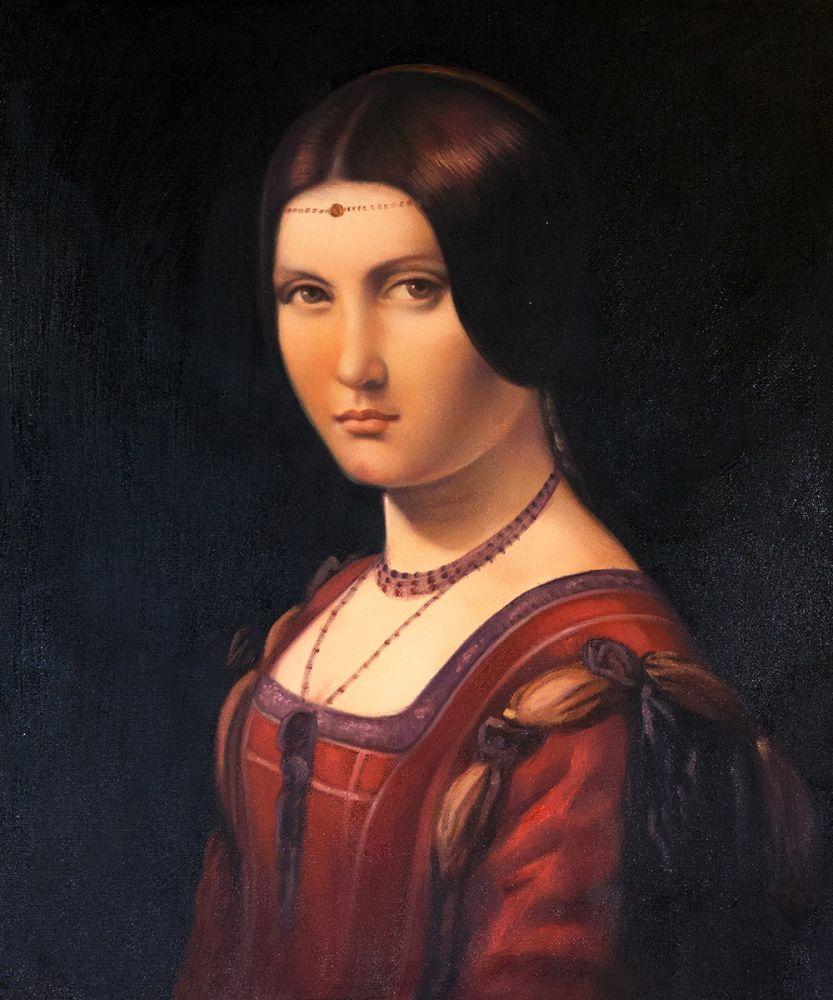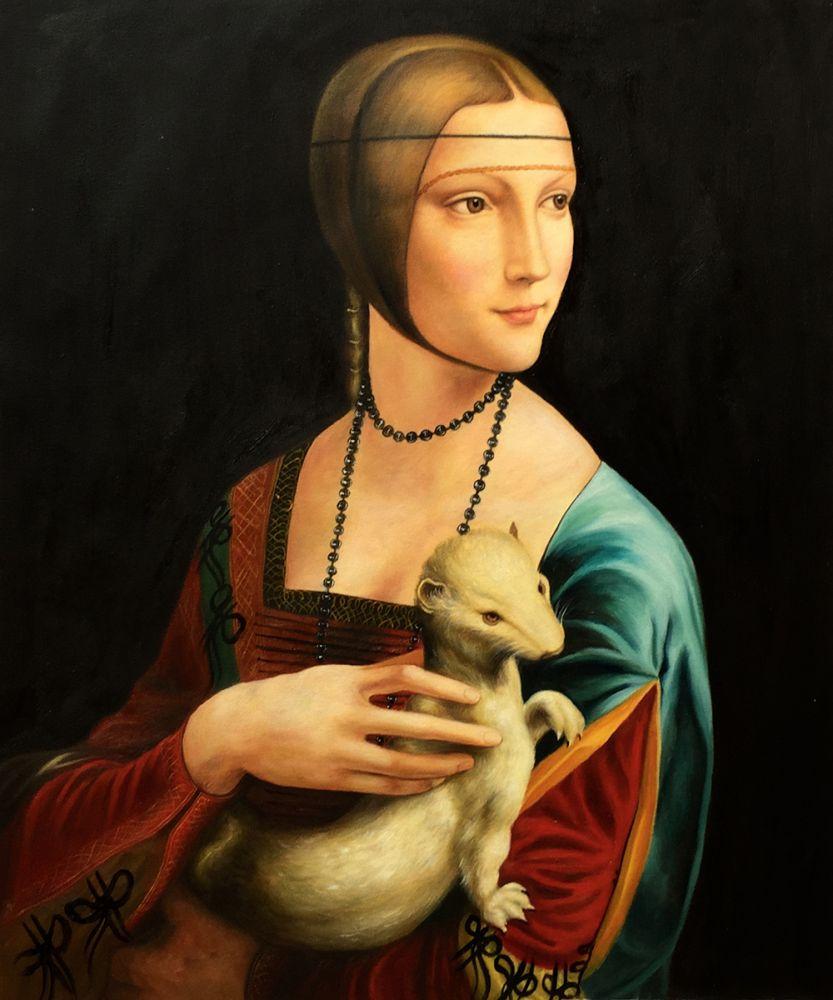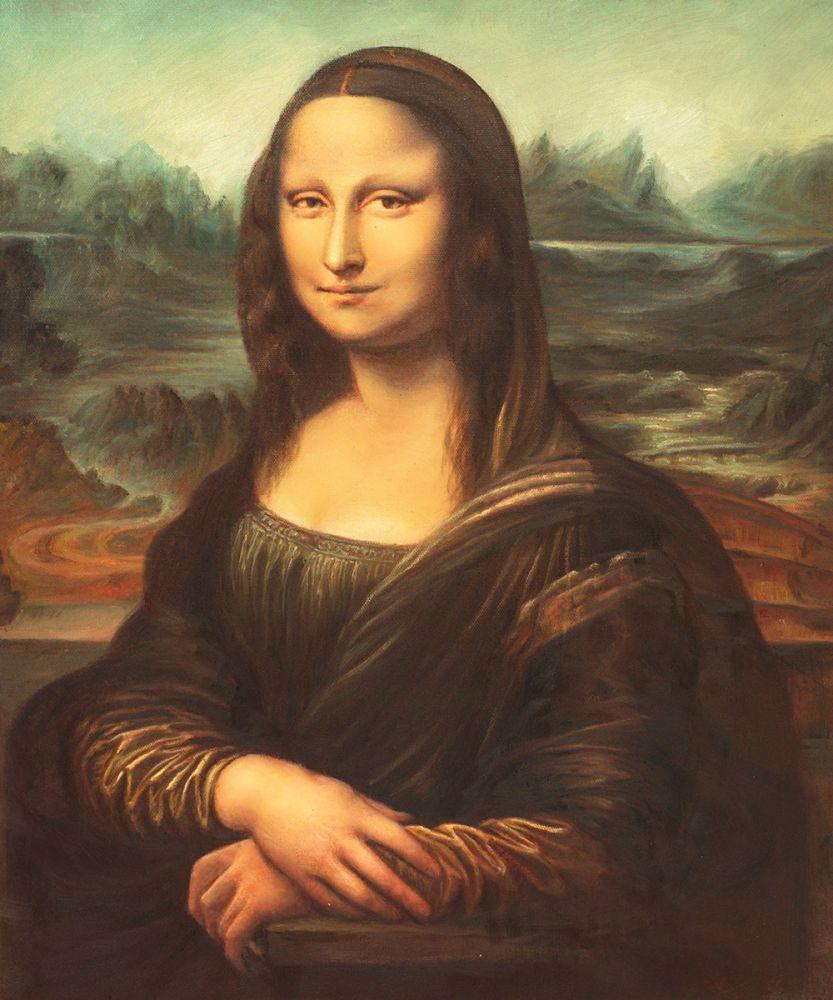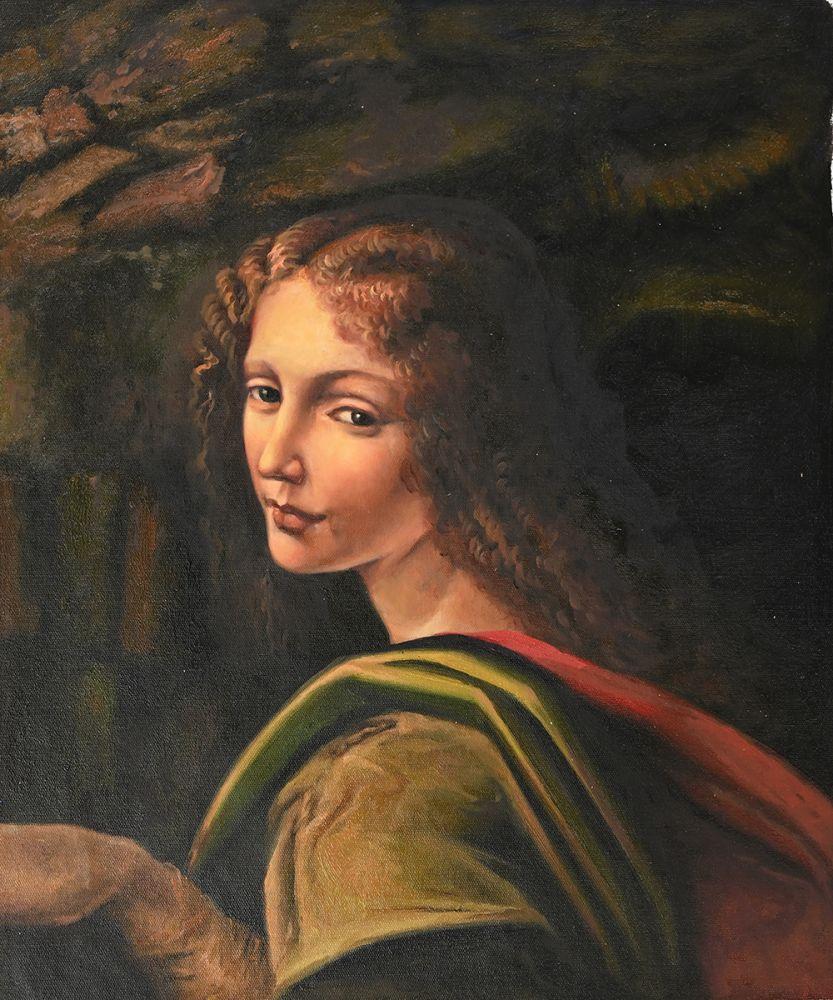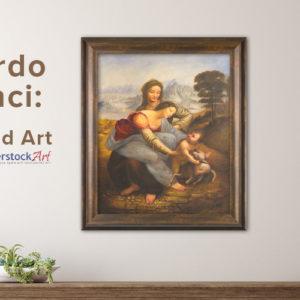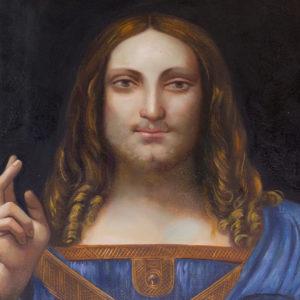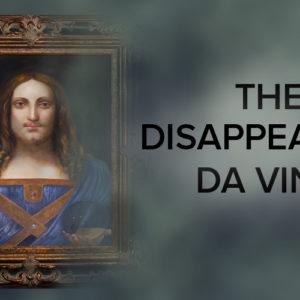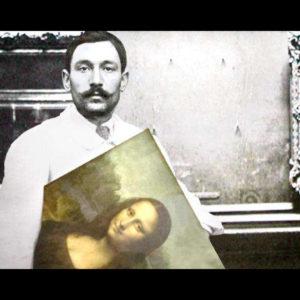Art
Art History
The feminine side of Leonardo Da Vinci
Leonardo da Vinci was born on April 15th, 1452 in the Tuscan hill town of Vinci, in Florence. An unplanned child bore to Messer Piero – a wealthy legal notary – by Caterina, a young peasant. The child with no surname, simply called Lionardo di ser Piero da Vinci (Leonardo, son of sir Piero of Vinci) grew up to be the creator of the Vitruvian Man, the Last Supper, and Mona Lisa – and also of flying machines, armored vehicles and studies that are still innovative today. He didn’t receive formal education as a child.
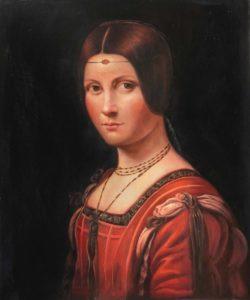 Other than being taught reading, writing, and arithmetic he pursued knowledge alone to become one of the greatest scientific minds of the Italian Renaissance, renowned in fields such as physics, chemistry, mathematics, astronomy, anatomy, and many others. This polymath, this humanist ideal of a Renaissance man whose ideas were centuries ahead of his time, is today considered as the most diversely talented person who has ever lived.
Other than being taught reading, writing, and arithmetic he pursued knowledge alone to become one of the greatest scientific minds of the Italian Renaissance, renowned in fields such as physics, chemistry, mathematics, astronomy, anatomy, and many others. This polymath, this humanist ideal of a Renaissance man whose ideas were centuries ahead of his time, is today considered as the most diversely talented person who has ever lived.
Besides his genius, he was also portrayed as a kind man with a great personal appeal and generosity; with his very own idea of fashion, choosing for himself bright colors and short tunics in a time where mature men wore sober and long garments. Da Vinci had no relationships with women or any romantic interest in them. In fact, he was not only known by surrounding himself with beautiful young male assistants, as he appeared to transcend gender and slip into androgynous fantasies. Nevertheless, his most powerful paintings were of women, including the most celebrated masterpiece of all times – La Gioconda – as well as one of the most provocative female nudes ever painted by a Renaissance artist – Leda, posed in a sexy manner cuddling her lover, a swan.
In his portraits, Leonardo seems passionately involved with women, showing a blend of a strong presence with a mysterious gaze and thoughts too far to reach. At a time when Renaissance painters and sculptors were obsessed with exterior beauty, da Vinci chose to depict fully rounded women with a strong imprint of virtue. Good examples are the portraits of Ginevra de Benci (oil on wood, 1478) a Florentine aristocrat from the XV century, admired for her intelligence; Lady with an Ermine (Oil on walnut panel, 1490) depicting Cecilia Gallerani, a woman of great culture, poet, singer and fluent in Latin; and La Belle Ferronière (Oil on walnut panel, 1496) attributed to Beatrice d’Este, one of the most accomplished princesses of the Italian Renaissance, noted for her excellent taste in fashion and for having invented new clothing styles.
And then comes one of the most controversial of all La Gioconda with its enigmatic smile, direct stare, and the uncertainty of the model’s identity. Many ladies have been proposed as the subject of this portrait, from Isabella of Aragon and Costanza d’Avalos to the Duchess of Francavilla. Art historians decided to settle with the traditional view: la Gioconda would have been the portrait of Francesco del Giocondo’s wife, but the discussion was far from over.
It has been said that such inviting smile could only come from a lady lover. It has been said that such striking similarities with St John the Baptist could only belong to a man – Salai – one of Da Vinci’s male models, and it even has been said that Mona Lisa could be a self-portrait of Da Vinci. This last theory defended by Lillian Schwartz, who digitally superimposed and compared da Vinci’s self-portrait with the Mona Lisa, showing their structural similarity. These last speculations drive creative minds to ponder upon the idea that Leonardo da Vinci, with his relations to male lovers, his depictions of beings whose gender is impossible to determine, and his androgynous ideas, could have been either a hermaphrodite or even a woman.
Apart from speculations, one can be lead to believe that Leonardo da Vinci, an expanded mind, could simply see himself as a whole being that is neither male nor female but both, able to explore the wonders of the world through the eyes and the thought of a man, and also a woman.
